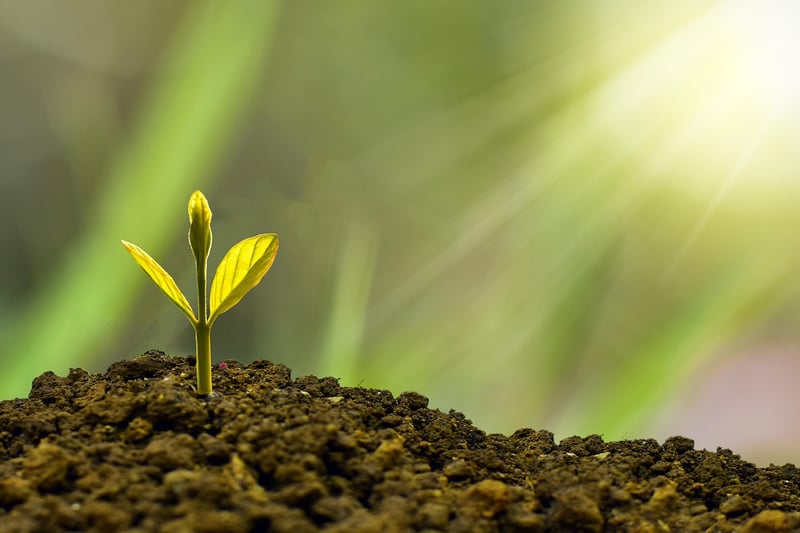Sunlight Needs
Keeping Your Plants Healthy: Understanding Sunlight Needs

Plants are living organisms that require proper care to thrive, and one essential factor for their growth is sunlight. Understanding the sunlight needs of your plants is crucial to keeping them healthy and vibrant.
Why is Sunlight Important for Plants?
Sunlight is vital for plants as it plays a significant role in the process of photosynthesis. Photosynthesis is how plants convert light energy into chemical energy, which is essential for their growth and development. Sunlight also helps in the production of chlorophyll, the green pigment that allows plants to absorb light and carry out photosynthesis.
Types of Sunlight Needs
Plants have varying sunlight requirements based on their species. Understanding these needs can help you provide the right amount of light for your plants to thrive. Here are the three main categories:
1. Full Sun Plants
Plants that require full sun need at least 6-8 hours of direct sunlight daily. Examples of full sun plants include tomatoes, roses, and most herbs. Placing these plants in a sunny spot will ensure they receive adequate light for optimal growth.
2. Partial Sun/Partial Shade Plants
These plants thrive in 3-6 hours of sunlight per day. They prefer some direct sunlight but also benefit from shade during the hottest part of the day. Examples of plants that fall into this category are impatiens, begonias, and ferns.
3. Shade-Loving Plants
Shade-loving plants can grow well with minimal direct sunlight, often thriving in dappled or indirect light. Hostas, ferns, and peace lilies are common examples of plants that prefer shade.
Tips for Providing Adequate Sunlight
- Observe the sunlight patterns in your home or garden to determine the best spots for your plants.
- Rotate your plants regularly to ensure they receive sunlight evenly on all sides.
- Use grow lights for indoor plants that may not receive sufficient natural light.
- Monitor your plants for signs of sunburn (brown spots or wilting) or etiolation (pale, stretched growth) and adjust their light exposure accordingly.
By understanding the sunlight needs of your plants and providing them with the right amount of light, you can help your green companions thrive and beautify your space.
Remember, a happy plant is a healthy plant!
